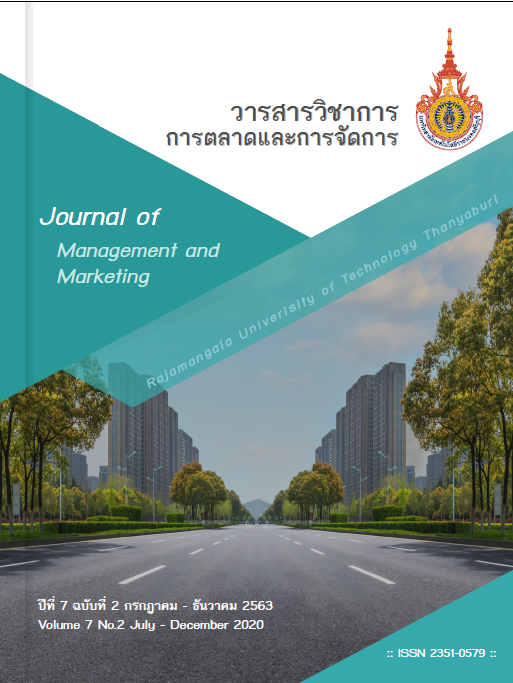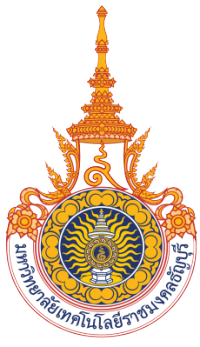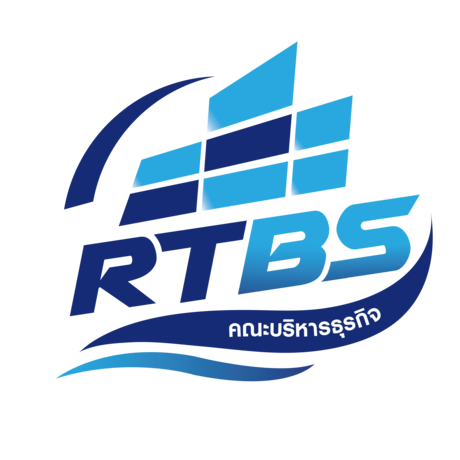อิทธิพลของความรู้สึกเชิงอารมณ์ต่อประสบการณ์โดยรวมและ ความพึงพอใจของการท่องเที่ยวเกาะในจังหวัดภูเก็ต
คำสำคัญ:
ความสนุก, ความชื่นชอบ, ความหลงใหล, ประสบการณ์, ความพึงพอใจบทคัดย่อ
การศึกษาครั้งนี้มีวัตถุประสงค์เพื่อตรวจสอบอิทธิพลระหว่างความรู้สึกเชิงอารมณ์ต่อประสบการณ์โดยรวมและความพึงพอใจของนักท่องเที่ยวชาวต่างชาติที่เดินทางท่องเที่ยวเกาะในจังหวัดภูเก็ต ซึ่งเก็บข้อมูลจากนักท่องเที่ยวชาวต่างชาติที่เดินทางท่องเที่เกาะในจังหวัดภูเก็ต จำนวน 345 คน แล้วจึงวิเคราะห์ด้วยวิธีวิเคราะห์องค์ประกอบเชิงยืนยันและโมเดลสมการโครงสร้าง ผลการศึกษาพบว่า ความสนุก ความชื่นชอบ และความหลงใหลมีอิทธิพลเชิงบวกต่อประสบการณ์โดยรวม นอกจากนั้นประสบการณ์โดยรวมมีอิทธิพลเชิงบวกต่อความพึงพอใจของนักท่องเที่ยวด้วย ผู้บริหารแหล่งท่องเที่ยวสามารถนำข้อมูลไปพัฒนากลยุทธ์เพื่อบริการนักท่องเที่ยวให้ดีมากยิ่งขึ้น
เอกสารอ้างอิง
กรมการท่องเที่ยว. (2563). สถิติการท่องเที่ยว. กรุงเทพมหานคร: กรมการท่องเที่ยว.
เอกชัย ชำนินา และ ศรุดา สมพอง. (2562). การเพิ่มขีดความสามารถในการแข่งขันด้านการท่องเที่ยว ของจังหวัดภูเก็ต. วารสารมหาจุฬานาครทรรศน์, 6(5), 2651-2670.
Alnawas, I., & Hemsley-Brown, J. (2019). Examining the key dimensions of customer experience quality in the hotel industry. Journal of Hospitality Marketing & Management, 28(7), 833-861.
Bagozzi, R. P., & Yi, Y. (1988). On the evaluation of structural equation models. Journal of the Academy of Marketing Science, 16(1), 74-94.
Batra, R., Ahuvia, A., & Bagozzi, R. P. (2012). Brand love. Journal of Marketing, 76(2), 1-16.
Bentler, P. M. (1990). Comparative fit indexes in structural models. Psychological Bulletin, 107(2), 238-246.
Browne, M. W., & Cudeck, R. (1992). Alternative ways of assessing model fit. Sociological Methods and Research, 154, 136-136.
Cohen, J. B., & Areni, C. S. (1991). Affect and consumer behavior. Englewood Cliffs, N.J: Prentice-Hall.
Faullant, R., Matzler, K., & Mooradian, T. A. (2011). Personality, basic emotions, and satisfaction: Primary emotions in the mountaineering experience. Tourism Management, 32(6), 1423-1430.
Fornell, C., & Larcker, D. F. (1981). Evaluating structural equation models with unobservable variables and measure. Journal of Marketing Research, 18, 39-50.
Hair, J. F., Anderson, B. W., Babin, B. J., & Anderson, R. E. (2014). Multivariate data analysis with reading (Vol. 5th). New Jersey: Prentice-Hall.
Hosany, S. (2012). Appraisal determinants of tourist emotional responses. Journal of Travel Research, 51(3), 303-314.
Hu, L. t., & Bentler, P. M. (1999). Cutoff criteria for fit indexes in covariance structure analysis: Conventional criteria versus new alternatives. Structural equation modeling: A Multidisciplinary Journal, 6(1), 1-55.
Hulland, J. (1999). Use of partial least squares (PLS) in strategic management research: A review of four recent studies. Strategic Management Journal, 20(2), 195-204.
Kim, J., & Fesenmaier, D. R. (2015). Measuring emotions in real time: Implications for tourism experience design. Journal of Travel Research, 54(4), 419-429.
Lee, B., Lee, C. K., & Lee, J. (2014). Dynamic nature of destination image and influence of tourist overall satisfaction on image modification. Journal of Travel Research, 53(2), 239-251.
Lee, J. (2014). Visitors’ emotional responses to the festival environment. Journal of Travel & Tourism Marketing, 31(1), 114-131.
Lee, J. J., & Kyle, G. T. (2013). The measurement of emotions elicited within festival contexts: A psychometric test of a festival consumption emotions (FCE) scale. Tourism Analysis, 18(6), 635-649.
Nunnally, J. C. (1978). Psychomtietrictheory (Vol. 2nd). New York: McGraw-Hill.
Prayag, G., Hosany, S., Muskat, B., & Del Chiappa, G. (2017). Understanding the relationships between tourists’ emotional experiences, perceived overall image, satisfaction, and intention to recommend. Journal of Travel Research, 56(1), 41-54.
Prayag, G., & Ryan, C. (2012). Antecedents of tourists’ loyalty to Mauritius: The role and influence of destination image, place attachment, personal involvement, and satisfaction. Journal of Travel Research, 51(3), 342-356.
Prayag, G., Hosany, S., & Odeh, K. (2013). The role of tourists' emotional experiences and satisfaction in understanding behavioral intentions. Journal of Destination Marketing & Management, 2(2), 118-127.
Prayag, G., Hosany, S., Muskat, B., & Del Chiappa, G. (2017). Understanding the relationships between tourists’ emotional experiences, perceived overall image, satisfaction, and intention to recommend. Journal of Travel Research, 56(1), 41-54.
Schumacker, R. E., & Lomax, R. G. (2004). A beginner's guide to structural equation modeling. NJ: Psychology Press.
Sharma, P., & Nayak, J. K. (2018). Testing the role of tourists' emotional experiences in predicting destination image, satisfaction, and behavioral intentions: A case of wellness tourism. Tourism Management Perspectives, 28, 41-52.
Tenenhaus, M., Vinzi, V. E., Chatelin, Y.-M., & Lauro, C. (2005). PLS path modeling. Computational Statistics & Data Analysis, 48(1), 159-205.
Triantafillidou, A., & Petala, Z. (2016). The role of sea-based adventure experiences in tourists’ satisfaction and behavioral intentions. Journal of Travel & Marketing, 33(sup1), 67-87.
Wang, W., Chen, J. S., Fan, L., & Lu, J. (2012). Tourist experience and wetland parks: A case of Zhejiang, China. Annals of Tourism Research, 39(4), 1763-1778.
ดาวน์โหลด
เผยแพร่แล้ว
รูปแบบการอ้างอิง
ฉบับ
ประเภทบทความ
สัญญาอนุญาต

อนุญาตภายใต้เงื่อนไข Creative Commons Attribution-NonCommercial-NoDerivatives 4.0 International License.
บทความที่ได้รับการตีพิมพ์เป็นลิขสิทธิ์ของ ผู้นิพนธ์
ข้อความที่ปรากฏในบทความแต่ละเรื่องในวารสารวิชาการเล่มนี้เป็นความคิดเห็นส่วนตัวของผู้เขียนแต่ละท่านไม่เกี่ยวข้องกับมหาวิทยาลัยเทคโนโลยีราชมงคลธัญบุรี และคณาจารย์ท่านอื่น ในมหาวิทยาลัยฯ แต่อย่างใด ความรับผิดชอบองค์ประกอบทั้งหมดของบทความแต่ละเรื่องเป็นของผู้เขียนแต่ละท่าน หากมีความผิดพลาดใดๆ ผู้เขียนแต่ละท่านจะรับผิดชอบบทความของตนเองแต่ผู้เดียว









